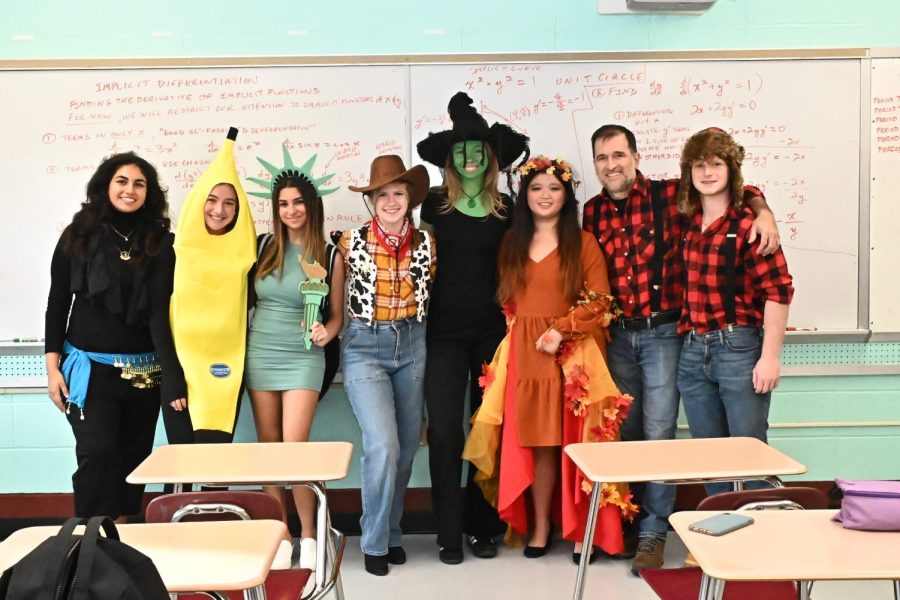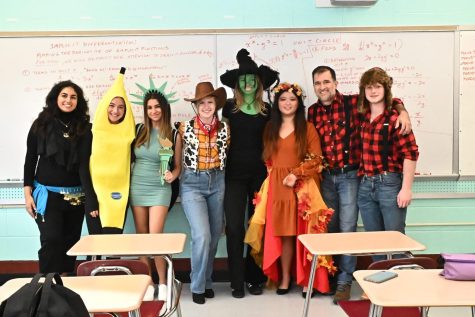Miracle on 14th Street
On August 28 2000, at 8 p.m. Danny Stewart was leaving the A/C/E station in New York City on his way to meet to his domestic partner Peter Mercurio. As he walked out of the turnstiles at 15th street and 8th Avenue, he noticed what he thought was a doll in the corner. Little did he know that his life was about to change.
As Mr. Stewart, ascended the stairs to the exit of the subway station, the “doll” moved its feet. Immediately he ran to check, and found a baby wrapped in a black sweatshirt. He ran to the pay phone outside the station and called 911. After calling them, Mr. Stewart went back down to the baby. After several minutes passed and no one came in response to the call that Mr. Stewart made to the police department, he went back upstairs to the payphone, calling to tell Peter Mercurio to “come down to the A/C/E station now.”
Mr. Mercurio ran out of his apartment and the few blocks to the subway station and as he arrived on the scene, NYPD officers were carrying the baby out of the station and putting him in the back of a police car until an ambulance arrived. The two men were then interviewed by NYPD officers and detectives about how they found the baby. Meanwhile, the baby was taken to a local hospital.
The following day, Mr. Stewart, followed up at the hospital but was not able to get in touch with anyone or see the baby because hospital policy said only family was allowed to see the baby. But there had been no family to visit or claim the baby. Following his discharge from the hospital, the baby was sent into foster care.
Mr. Stewart and Mr. Mercurio moved on, focusing on helping Mr. Mercurio’s sister with her campaign for Congress. Then Mr. Stewart was contacted by a lawyer from the Administration for Children’s Services (ACS) to testify in a hearing about the baby. The hearing was set for October, 2000 but ended up being delayed until early December.
The day he testified, Mr. Stewart was approached afterwards by the judge, who asked if he would be interested in adopting the baby. A few minutes later, he found himself on the phone with Mr. Mercurio, telling him “You’ll never guess what just happened.”
The judge made them foster parents, a normally six to nine month process that the judge condensed to about ten days. On December 20, Mr. Stewart and Mr. Mercurio were in court for the hearing to be approved as foster parents when the judge asked, “How would you feel about having him for the holidays?”
On Friday December 22, a social worker came and dropped the baby off. The baby had been mistreated in his previous home and had a diaper rash. They kept the baby until December 28, two days after they were originally supposed to keep him for. That same day they were cleared and passed the home visit.
Over the next two years, they were foster parents to the child they named Kevin Ace. Over those two years they had to slowly terminate the parental rights. They had to issue public notices in newspapers to try to find the parents. They said that this was the scariest part of the process because they had grown so close to Kevin and were fearful they could lose him.
Two full years later, on December 17, 2002, Danny Stewart and Peter Mercurio became the sole parents of Kevin.
Since 2002, they have been living as a happy family in New York City. But both Danny and Peter’s lives have been changed forever. Mr. Mercurio said, “My world used to revolve around me but now it revolves around my son.” Mr. Stewart said that he used to ask what was best for himself but now he asks the question, “What is best for Kevin?”
Both of them are open with Kevin about his story, but they say they never use the word “abandoned;” instead they say that they found each other in the subway. When Kevin was small they created a picture book for him using clip art that was about a child who was found by a man on the subway after a day at work. The story was about how the man and his partner and the child became a family. Kevin one day figured it out and asked if he was the child in the story.
On February 28, 2013, Peter Mercurio’s story of how his partner’s lives changed that summer night in August of 2000 was published on the New York Times’ website. Within days of being published the responses were “crazy.” Over a year later, both Mr. Stewart and Mr. Mercurio are still receiving invitations to be interviewed by international magazines and other publications. Along with the New York Times article, Mr. Mercurio is publishing a children’s book, writing a memoir, and also writing a screenplay that will become a movie, which he hopes to turn into a play.
Both Mr. Stewart and Mr. Mercurio have been on television, interviewed by, among others, Anderson Cooper of CNN and by NBC News. They received so many requests that they had to hire an agent. The couple was asked to speak on the steps of the Supreme Court following their decision to strike down the Defense of Marriage Act (DOMA) which said that a marriage is a union between one man and one woman. But they turned it down because Mr. Mercurio said he did not intend to become a “spokesman for gay rights” when he wrote the article. Throughout all the interviews, they requested that Kevin be left out for his safety.
In the spring of 2013, Mr. Mercurio received an email from the Public Engagement Officer from the White House. Because it asked for his social security number and other personal information, he wrote it off as a scam. But he received another email a few days later which asked him why he did not respond and RSVP to the invitation. He responded and confirmed that the three of them had indeed been invited to the White House.
In June, which is LGBT Pride month, the three of them went to the White House and listened to a public briefing and meeting. Following the briefing, they were able to hear both the president and vice president of the United States address the congregation that was there in support of Gay Rights.
Mr. Stewart, Mr. Mercurio, and their now teenaged son Kevin live in New York City. They continue to receive multiple requests to do interviews on television, radio, and for different print mediums but say they only accept about one out of ten that they receive.













